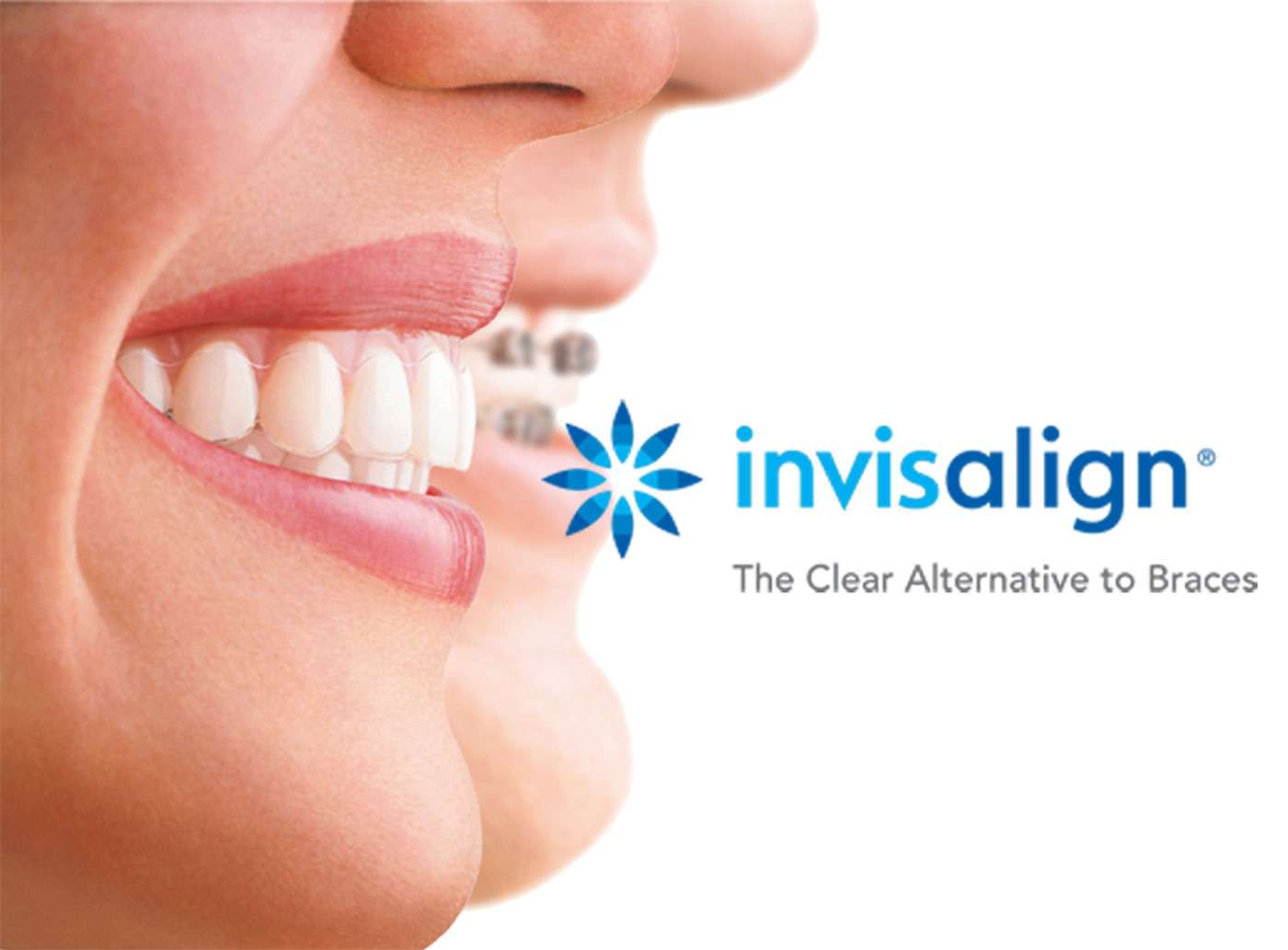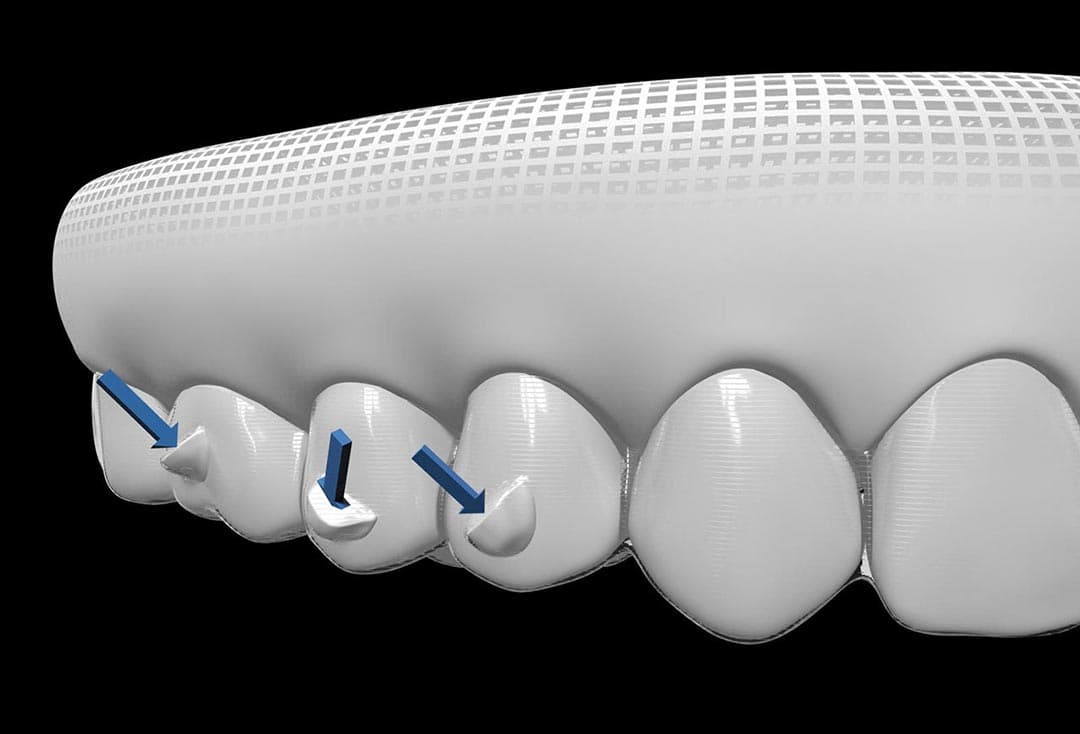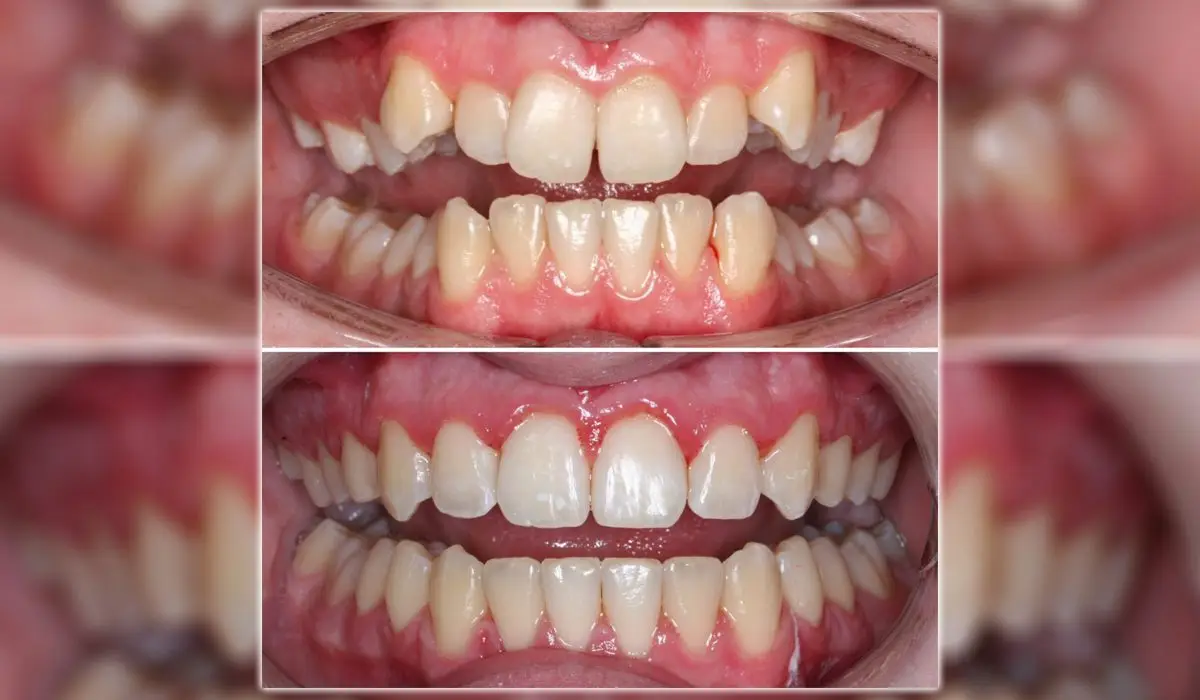Frequently Asked Questions About Invisalign: Everything You Need to Know
Wiki Article
Invisalign vs. Conventional Braces: Which Alternative Is Right for You?
When considering orthodontic therapy, the choice in between Invisalign and traditional dental braces provides a number of essential factors that warrant cautious examination. Invisalign provides a discreet alternative with detachable aligners, while standard braces provide an extra noticeable yet efficient service for severe imbalance.Introduction of Treatment Alternatives

On the other hand, standard braces consist of metal brackets and cables that are adhered to the teeth. This technique applies continual pressure over time to accomplish alignment. While effective for complex orthodontic issues, conventional dental braces require regular brows through for adjustments and can present obstacles in maintaining oral health as a result of the difficulty of cleaning up about cords and braces.
Both alternatives have their advantages, and the selection usually pivots on particular oral conditions, way of life choices, and patient conformity. Inevitably, speaking with an orthodontic professional is important for establishing one of the most suitable treatment plan tailored to private demands. Understanding the subtleties of each option can substantially influence the overall success of orthodontic therapy.
Aesthetic Factors To Consider
A considerable aspect affecting the choice in between Invisalign and standard dental braces is the visual allure each treatment supplies. Invisalign aligners are crafted from clear plastic, making them essentially undetectable when put on.In contrast, standard braces include steel brackets and cords, which can be a lot more visible. While advancements in orthodontic technology have actually resulted in the advancement of smaller sized braces and tinted elastics, standard dental braces still preserve a more noticeable profile. For some individuals, the presence of braces might discourage them from seeking necessary treatment.
Inevitably, the choice in between Invisalign and traditional dental braces may rest on personal choices regarding visual appeals. People who prioritize discernment commonly favor Invisalign, while those who are much less worried about exposure might opt for standard dental braces. Understanding the aesthetic ramifications of each alternative is essential for making an educated choice that aligns with one's way of life and choices.
Convenience and Convenience

In regards to comfort, Invisalign aligners are removable, allowing individuals to enjoy their favorite foods without constraint and keep ideal oral Learn More health. Brushing and flossing are simplified, as the aligners can be taken out throughout these regimens, whereas conventional dental braces call for cautious maneuvering around braces and cables.
In contrast, traditional braces demand routine changes, making them less practical for those with busy routines. Overall, the comfort and ease of Invisalign make it an attractive choice for several individuals seeking orthodontic treatment.
Treatment Period and Efficiency
While both Invisalign and typical dental braces work in remedying oral imbalances, the period of treatment can differ considerably in between both options. Typically, Invisalign treatment can take anywhere from 12 to 18 months, depending upon the intricacy of the case. The clear aligners function by slowly changing teeth right into their desired settings, and routine follow-ups with an orthodontist aid make certain progress stays on course.
In comparison, traditional braces typically need a longer dedication, generally varying from 18 months to 3 years. This is due to their fixed nature and using brackets and cables, which can be much more efficient for serious imbalances and intricate instances (Invisalign). The therapy efficiency of standard braces is well-documented, as they enable specific changes and better control over tooth motion
Eventually, the option between Invisalign and conventional braces may depend upon both the awaited therapy duration and the particular dental issues at hand. Consulting with an orthodontist is crucial, as they can provide customized referrals based on individual needs, ensuring the chosen approach lines up with preferred outcomes and durations.
Price Contrast and Insurance Policy Choices
Cost plays a substantial function in the decision-making process for people taking into consideration orthodontic treatment, look what i found whether opting for Invisalign or typical dental braces. On average, the price of Invisalign varieties from $3,000 to $8,000, while traditional dental braces normally cost in between $2,000 and $6,000. Elements affecting these expenses consist of the complexity of the case, the period of treatment, and geographical place.Insurance insurance coverage can substantially impact out-of-pocket expenditures. Numerous oral insurance coverage strategies give partial coverage for orthodontic treatments, yet the specifics can differ widely. It is essential for people to review their insurance plans to establish the degree of coverage for either option. Typically, conventional browse around this web-site dental braces may be more frequently covered by insurance policy plans contrasted to Invisalign, which some insurance firms categorize as an aesthetic treatment.
In addition, several orthodontic practices use adaptable layaway plan, making both treatment options a lot more accessible. Clients must ask about potential financing alternatives and discounts for in advance settlements. Evaluating the total expense, consisting of insurance policy advantages and settlement plans, is crucial for making an informed decision that aligns with both aesthetic preferences and budget considerations.

Verdict
In recap, the selection in between Invisalign and typical braces hinges on several factors, including visual choices, convenience, therapy duration, and expense. Invisalign provides a very discreet, removable option that assists in dental health and dietary flexibility, while traditional dental braces might be preferable for complicated dental concerns and often come with a reduced price factor. Inevitably, appointment with an orthodontist is necessary to assess specific scenarios and identify the most ideal treatment option for attaining optimum oral positioning.When considering orthodontic therapy, the option between Invisalign and typical braces offers a number of essential factors that warrant cautious evaluation.Contrasting Invisalign and conventional dental braces exposes distinct treatment options for orthodontic correction.While both Invisalign and standard braces are reliable in fixing oral misalignments, the period of treatment can differ considerably in between the two alternatives.Cost plays a substantial role in the decision-making procedure for people taking into consideration orthodontic treatment, whether deciding for Invisalign or traditional dental braces.In recap, the choice in between Invisalign and typical braces pivots on multiple aspects, including aesthetic choices, convenience, treatment duration, and expense.
Report this wiki page